Magnetostrictive Tank Gauging (MTG) technology has been around for a long time and is used primarily for custody transfer on petrol station forecourts.
In this application of magnetostrictive gauging, the level measurement can be performed to a very high level of accuracy.
Magnetostrictive Tank Gauging
However, at this stage of development for a larger scale version for gasoline bulk storage tanks, the accuracy of measurement is yet to be determined, although it is thought that accuracy comparable to radar and servo gauges would be achievable. It is now becoming considered by more storage industry facilities because of the perceived measurement accuracy. This has become possible because technology is available to allow probes of up to 30 m to be manufactured.
This is seen as being an up-and-coming level measurement method for use in the gasoline bulk storage industry.
1. A pulse is transmitted down the sensor wire towards the magnetic float.
2. The transmitted signal reaches the magnetic float, which is floating on the gasoline surface, and the signal is returned back up the transmit wire back to the piezomagnetic sensor. Since the initial transmit time and return time is known, it is possible to calculate the distance at which the float is along the sensor wire and therefore what the gasoline level is within the tank.
The perceived benefits of this type of system are that for small tanks relatively high accuracy measurement is achievable for a relatively low cost. A further benefit of this type of system is that water, gasoline, and pressure can all be measured from just one sensor.
The testing of magnetostrictive systems currently is limited because it is not possible to see the probe since it is entirely contained within the tank. Removal of the probe is not necessarily a trivial matter because the probes can be many meters in length because they span the whole length of the tank.
On the smaller scale fuel forecourt magnetostrictive systems, there are a number of known issues.
These include:
- Floats getting stuck;
- Probe getting bent during installation. This will be a prominent issue for larger storage tanks because the probe has to be the same height as the tank. Therefore one of the major drawbacks currently with using this method of level measurement is the difficulty of the initial installation, especially in above-ground tanks.
Magnetostrictive Tank Gauging Probe
The magnetostrictive tank-gauging (MTG) probe utilizes magnetostrictive technology to provide users with the same level of reliability, durability, and cost-effectiveness. The MTG probe used with tank gauging controllers monitors product levels, water levels and temperature in both underground and aboveground tank applications.
The MTG probe monitors the following conditions: high-product level, low-product level, and high-water level. To provide the greatest flexibility of use, the probe’s shaft is stainless steel and the floats are available in a variety of materials and sizes. The MTG probe is ruggedly constructed to provide reliable and cost-effective performance.
Read Next:
- Radar Tank Gauging
- Radiation Level Sensor
- P&ID for Storage Tanks
- Servo Tank Gauges
- Hybrid Level Sensors
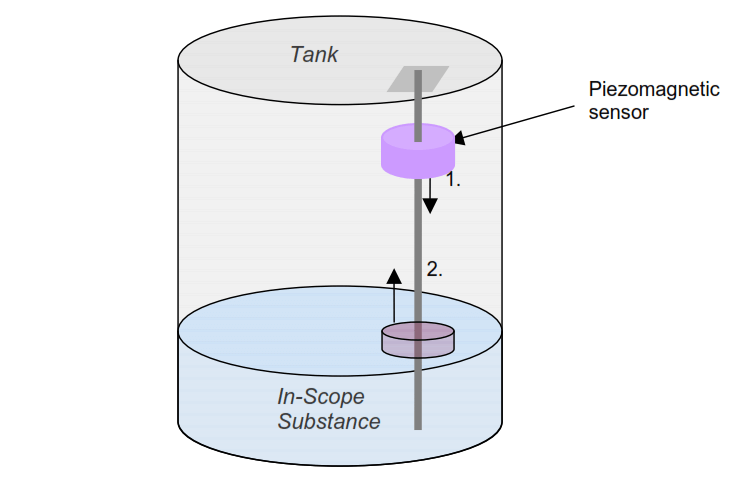


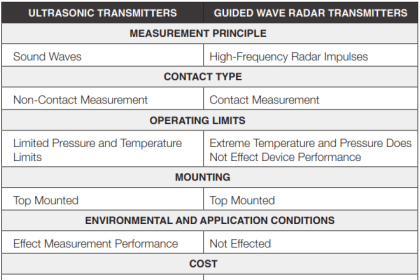
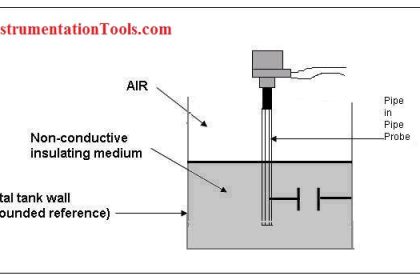

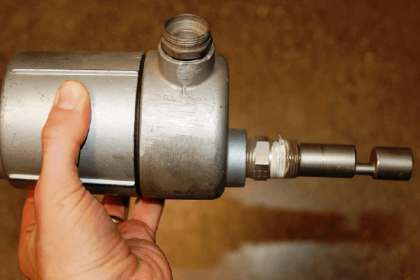
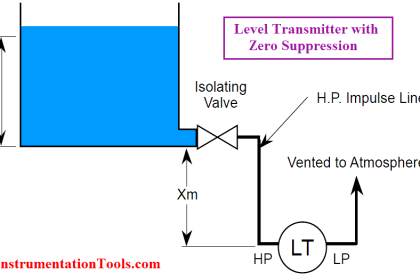
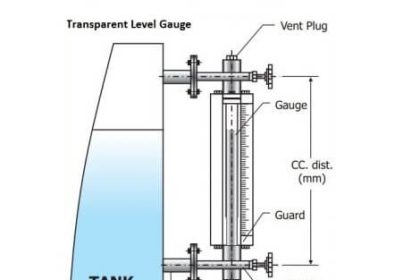
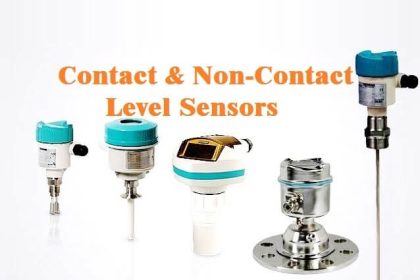
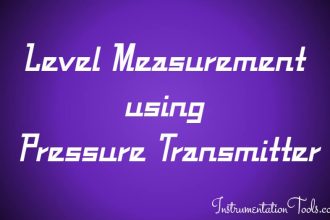
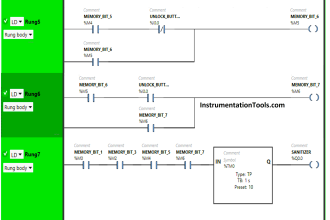



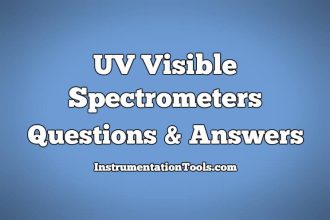
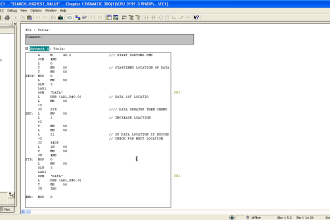
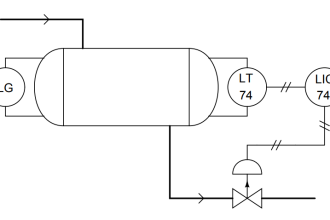

Yes, magneto strictive level measurement works precisely, particularly in a small tank such as oil export pump lube oil tank. However, it seems that MTG has its own limitation when tank is filled up to 100%. Saying that magneto strictive level transmitter starts given I/O fault when oil level is above 82% of a tank height.